Organisms in the jungle are in intense competition with each other. Natural selection from that competition has lead to the creation of some pretty wild plants and animals. It’s no wonder that you find the most bizarre and colorful birds, the biggest trees, and some of the most ferocious predators tucked away deep in Earth’s jungles. Along with some of the most beautiful and weirdest organisms in the world, jungles hide some of the most dangerous species too.
For example, jungles of Central and South America are home to the two most painful insect stings known to man: the bullet ant and the tarantula hawk. Tropical forests in India and Australia boast some of the deadliest snakes in the world. The Amazon Rainforest is home to notoriously scary animals like electric eels and piranhas. Of course, environments all over the world have their own dangers. But, jungles certainly seem to have more than their fair share of dangerous organisms.
What about dangerous jungle plants?
Some of the scariest, most dangerous plants in the world are found in jungles. These plants will give any animal a run for their money in the battle for the most dangerous organism in the jungle.
Plants, like all living things, need to defend themselves from potential threats. Some of the more common defenses are sharp thorns, being covered in irritating oils, and getting a hungry animal (or human) sick from eating its leaves or fruits. These physical and chemical features plants use to ward off animals have become so extreme that humans should stay far, far away. So, here are the top 3 most dangerous jungle plants you should definitely look out for!
Castor Bean (Ricinus communis)
Castor bean is a common roadside plant that’s widespread throughout the tropics these days, but it’s originally from Eastern Africa. The weedy shrub can grow to be up to 12 meters (39 feet) tall and covers riverbanks and roadsides throughout its range.
A common product extracted from the seeds of this plant is castor oil. The liquid is used in food production as a preservative, as well as in medicine for a variety of benefits. Castor oil is derived from the seed of the castor bean plant, which ironically also contains one of the most deadly poisons known to man.
The toxin hidden inside castor bean seeds, called ricin, is notoriously dangerous. You may recognize the poison’s name from its infamous use in the TV series Breaking Bad. In the real world, this poison was successfully used in the assassination of a Bulgarian journalist.
It goes without saying that one should avoid eating castor bean. Any part of the plant can potentially contain ricin, so consumption of the stem, leaves, and of course the fruit, is a no-go. Castor bean is a common ornamental plant. If you have curious children or pets, it’s best to keep this plant out of your garden, as just one seed is enough to kill a small child.

Cannonball Tree (Couroupita guianensis)
In some jungles of Central and South America, a huge tree bears a fruit that could easily kill a human. The fruit isn’t poisonous, though. In fact, it’s perfectly edible and even has a variety of medicinal properties. The fruit is only dangerous when you combine it with gravity.
Cannonball tree has fruits that hang off the side of the trunk. Their size and weight make it easy to understand how this plant got its name! The heavy fruits disperse themselves by falling to the ground and breaking open which exposes the seeds inside. The outer shell is incredibly tough and thick, so a fruit needs to hit the ground with enough force to crack open. This is what makes the tree so dangerous. If you’re unlucky enough to be right under a cannonball tree when a fruit falls on your head, you’ll be out like a light.
This tree is in the same family as the Brazil nut tree (Lecythidaceae). Brazil nuts trees have a very similar fruit, with similar dangers facing those who harvest the nuts from these trees. People who work with Brazil nuts and the cannonball tree like to wear hardhats when out in the forest, as to not get knocked out from the very plants they work with.

Photo by: Marina Hurley
Gympie-Gympie, or the Suicide Plant (Dendrocnide moroides)
If a plant has the common name “suicide plant,” you should probably stay as far away as possible. It’s in the same plant family as stinging nettle, Urticaceae. This plant is basically the bigger, badder sibling of stinging nettle. The aptly named suicide plant defends itself in the exact same way as nettles do. It’s covered in tiny hollow hairs that, when touched, pierce the skin. As if that wasn’t enough, it’s actually able to inject a toxin underneath the skin. It’s hairs work very similar to how a hypodermic needle works.
After contact with the plant, the pain that ensues is apparently one of the most excruciating experiences one can endure. Instant stinging and burning are the first two symptoms and become more intense as time goes on. The pain of a sting can last for hours, or even days. One man allegedly had to be tied to a hospital bed for three weeks due to the pain!
One of the worst things about this formidable plant is that the hairs are so fine and light that they often become airborne. Floating, stinging hairs can come into contact with the skin even if you’re standing far away. Worse yet, they can be inhaled and can really damage your throat and lungs. Researchers who study Gympie-Gympie (yes, there are actually people who seek this plant out) opt to wear respirators and special rubber gloves to study it.











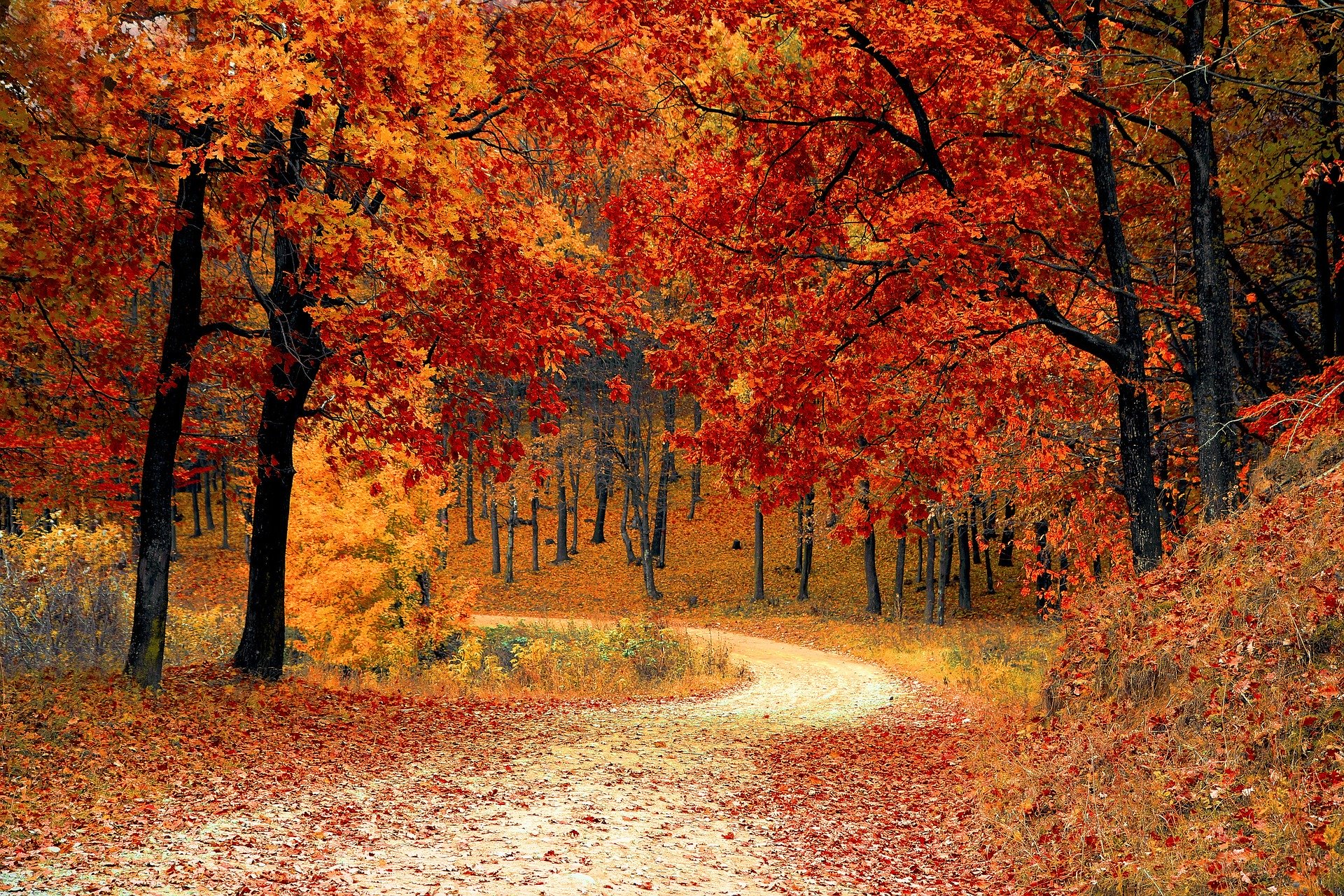
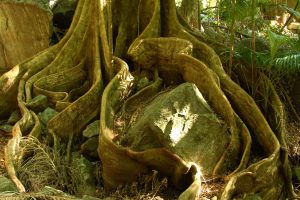

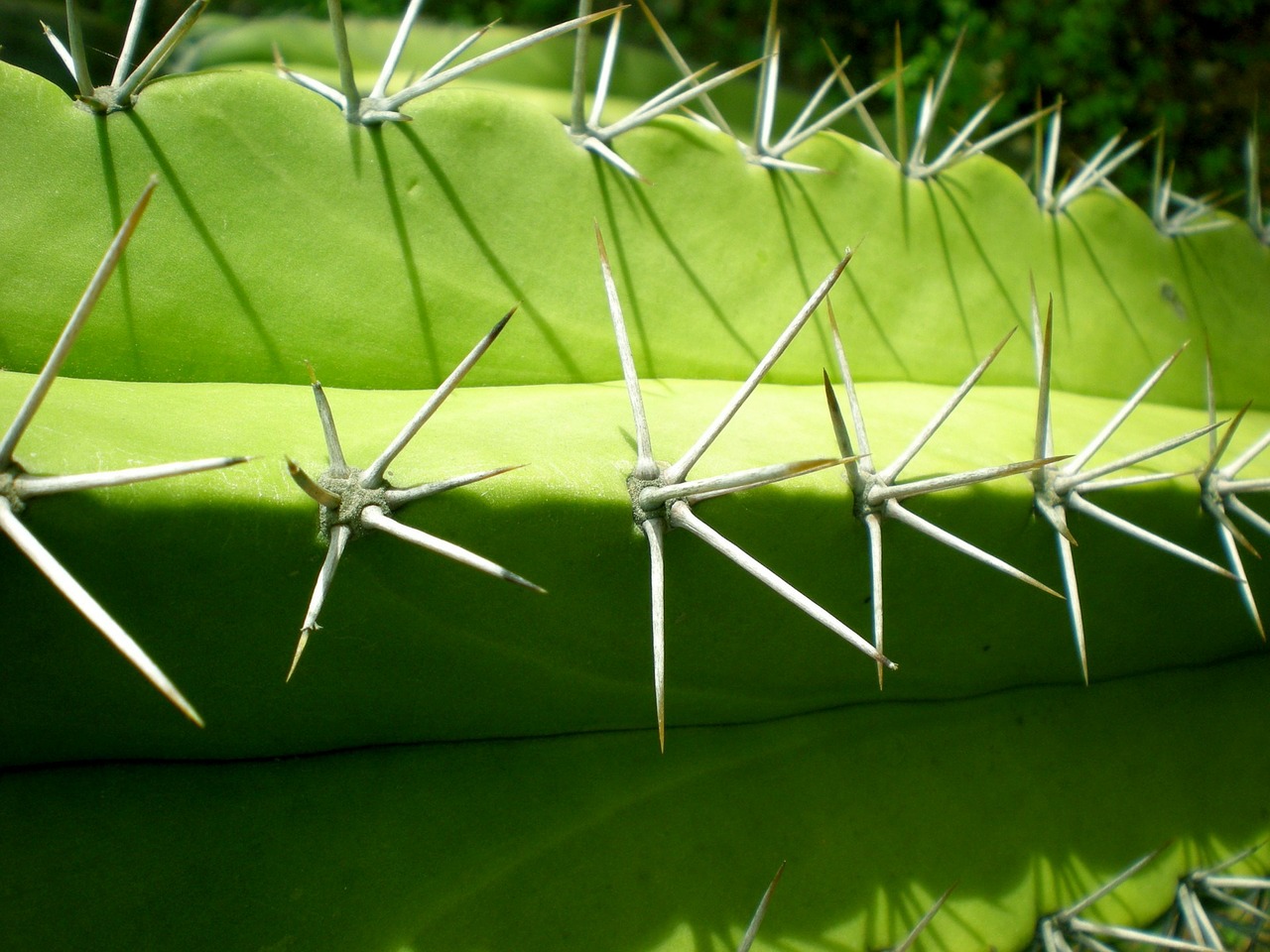
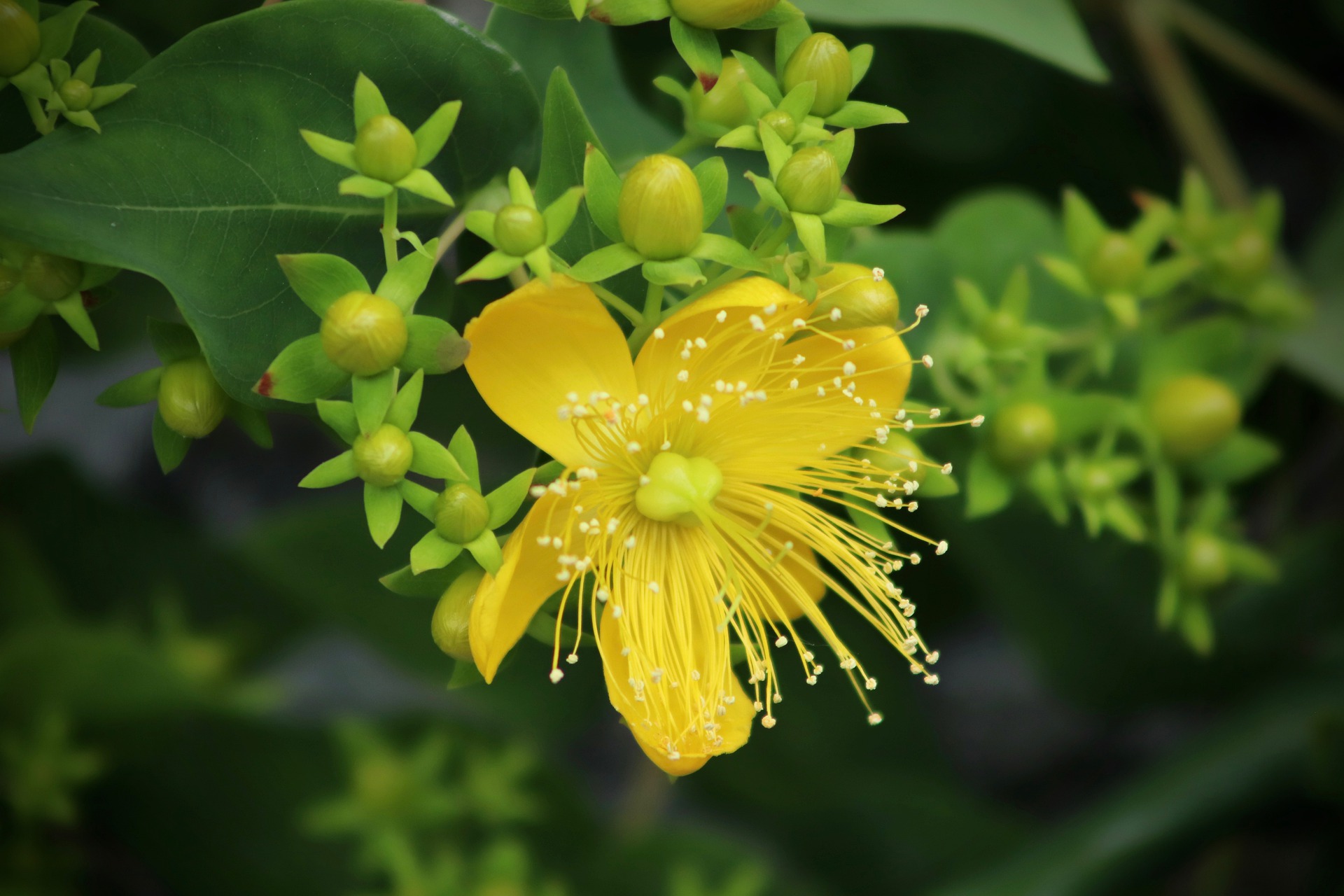
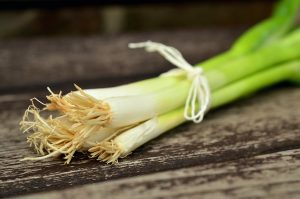
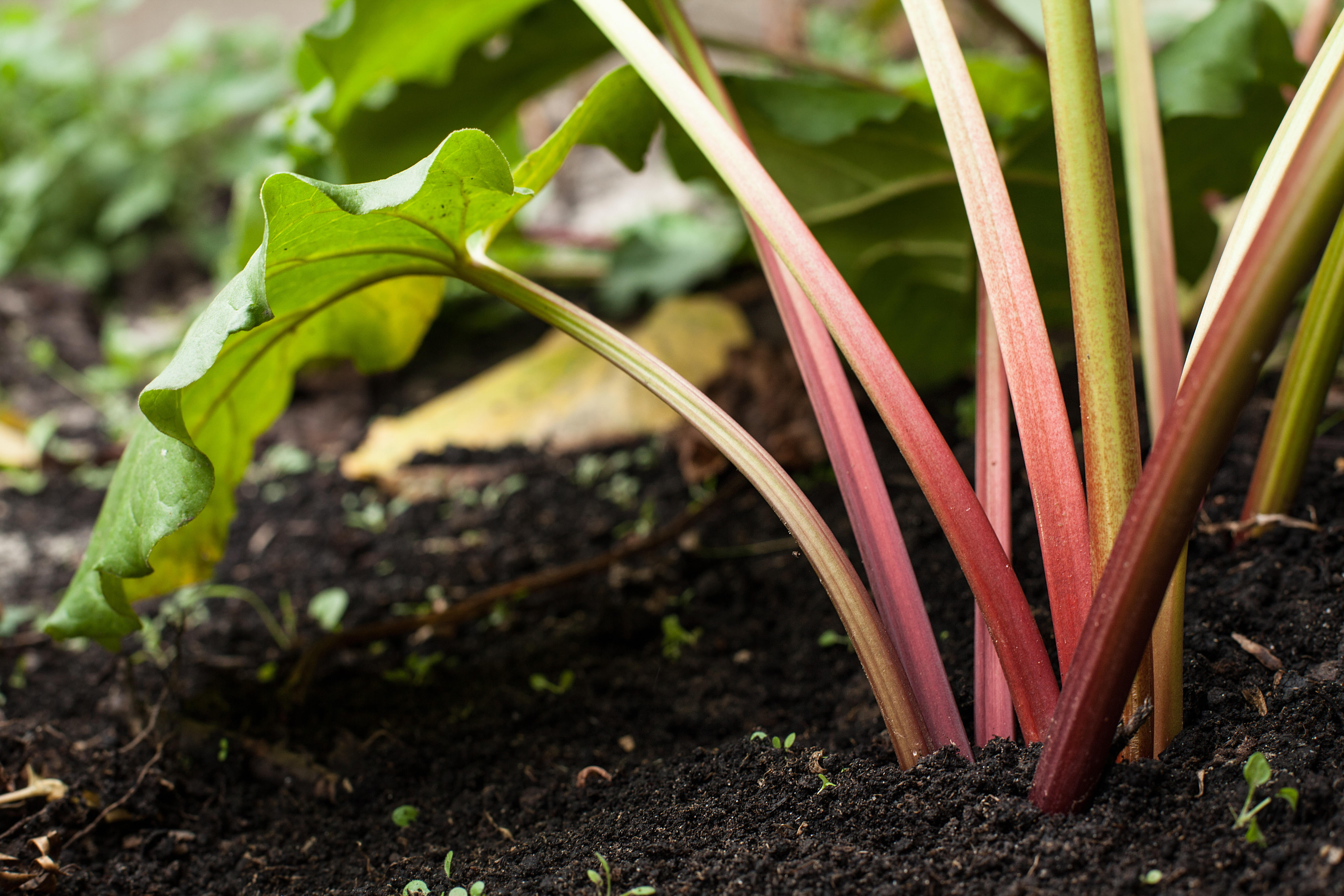
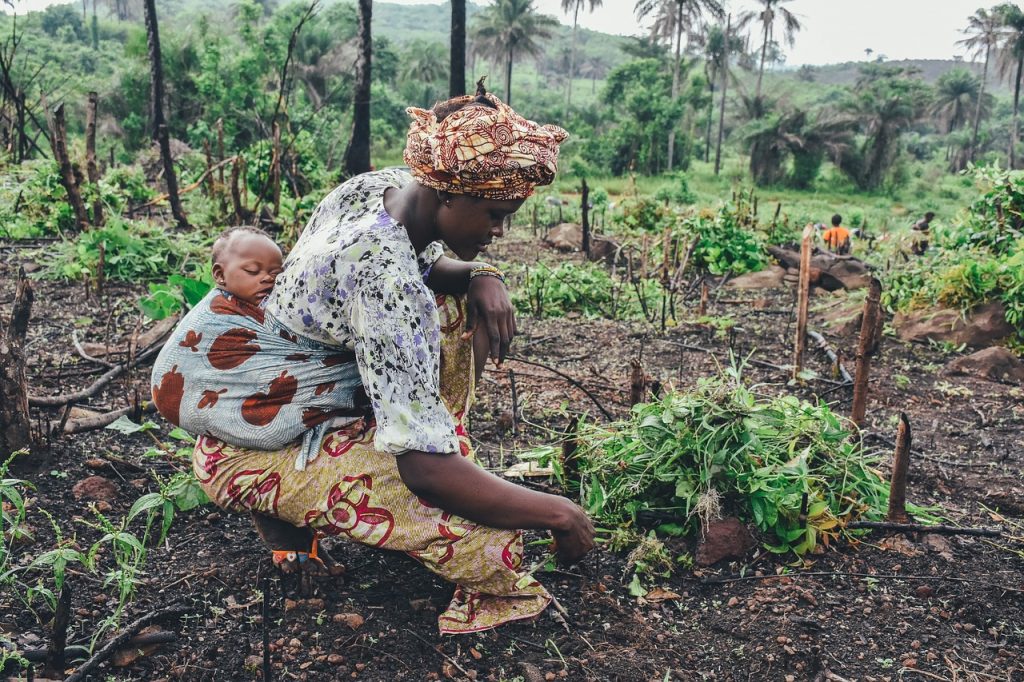
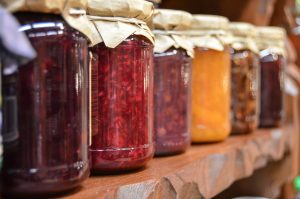
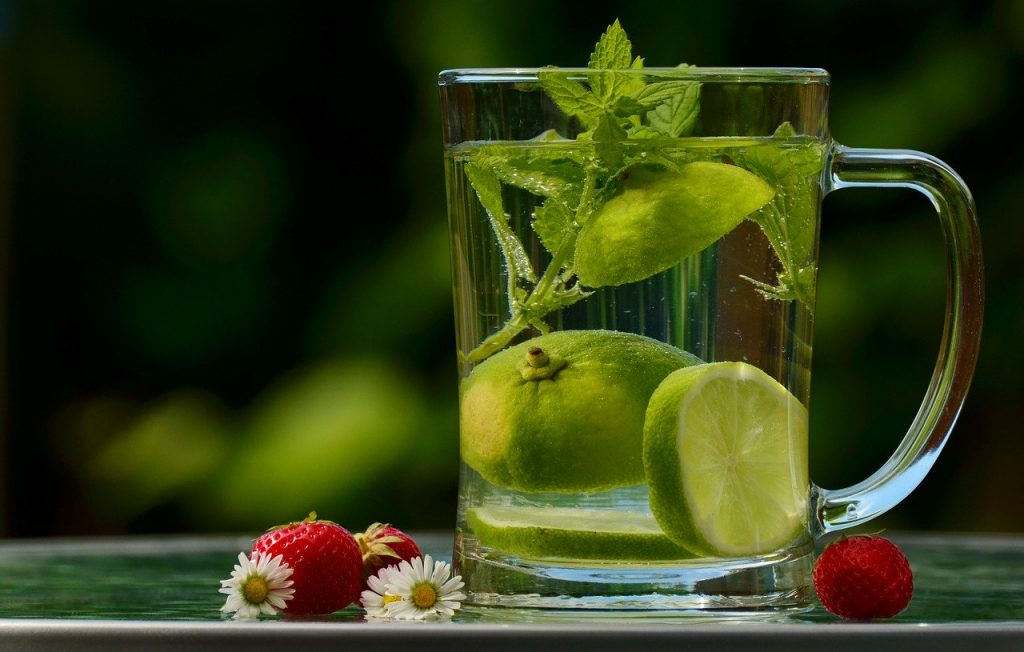
0 Comments